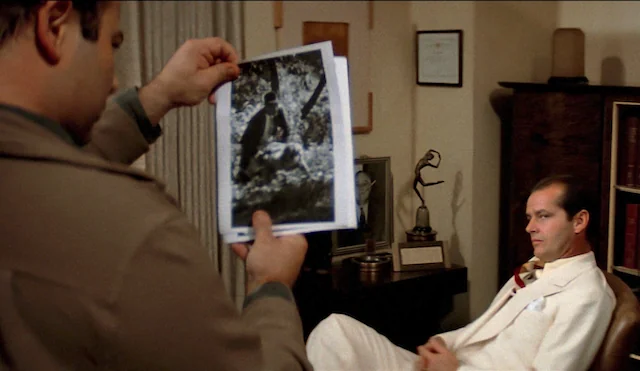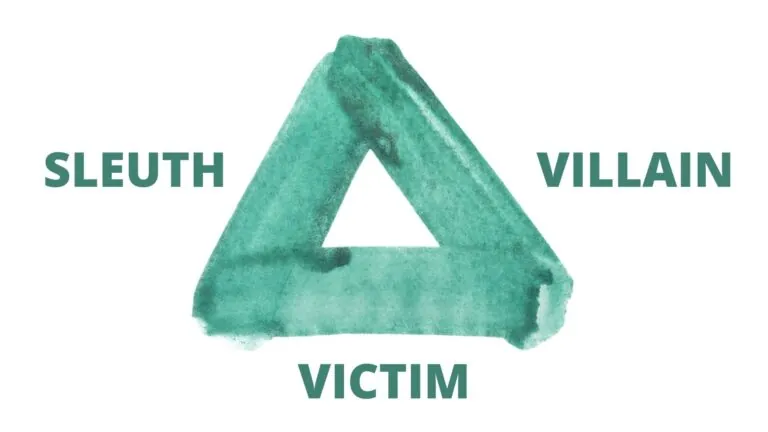First Steps in Your Mystery Story
Where The Story Starts
Today’s readers want a good story. Your beginning sets up your reader for the rest of the story. Lose them at the beginning and you won’t get them back. Your goal at the beginning, is to get the readers involved in the story.
Beginning writers can struggle with all the information out there on novel writing—story structure, beats, inciting incident, three act structure, four act structure—and end up with a mish-mash of ideas about where to begin. In the first few pages of your novel you need to get the reader to the story.
Just as you are taking steps writing your beginning, you want to take your reader by the hand and get them into the story. Rather than getting lost in trying to fit your story into a plot structure try going chapter by chapter.
18:26 I’ve got my story but how do I choose a title?
21:51 Do you have any tips for writing dialogue?
Focus on Getting Readers Into Your Story
I’ve mentioned writer/editor Bonnie Johnston’s 40 sentences before. Let’s take a look at how they work in the beginning.
Act One
1 It’s business as usual for your protagonist, who’s being his sympathizable self while he chases his dream…until something throws him off-stride. (Could be someone messing with him, or could be he slipped up.)
Introduce your detective. Show him using his skill, the throw him a problem. Introduce your detective’s personality and how they respond when they’re thrown off track.
2 We see what’s special about him as he does his best to recover from the stumble, but we also see what sucks about the rut he’s stuck in, and how his flaw or wound is keeping him there.
Your detective pulls out his usual problem sovling skills but misses something important because…well, his thinking flaw, his ego, his inability to deal with women…whatever his flaw keeps him from making progress.
3 He thinks he’s getting his groove back, but instead he staggers face-first into the inciting incident, which irrevocably screws up his life and starts the clock ticking on his story goal.
While he thinks he’s making progress, in spite of his flaw, suddenly the murder looms large which turns things upside down. He must solve the murder or…
4 He didn’t handle that very well, did he? So he indulges in one or more coping mechanisms as he muddles through the aftermath, resolving to get his life back on track.
Your detective takes a step back and then follows a the first clue or interviews the first suspect. He gets new information. Here’s where you can plant a clue that the detective misses the first time. .
5 Your protagonist has a new plan, and it’d be a great one, if it wasn’t based on his misbelief. But something has changed, whether he recognizes it or not, and things get a little rocky as he executes it.
Aha! Your detective has a plan. He has no idea that he has overlooked something important like a snippet of dialogue that was false. He starts tracking down other suspects.
Story Eases Plot Worry For Novel Writers
I love these storyline sentences because they focus on the story. They gently guide you through story. No worries about whether you’ve reached the right beat, or whether this setback is the inciting incident or where the break to Act 2 is.
You can see that you have great leeway in bringing your detective into action. You’ve done your character work and your research and your world building. And if you are a nonlinear writer you are able to insert the scenes you’ve written in the appropriate place.
Zara Altair




